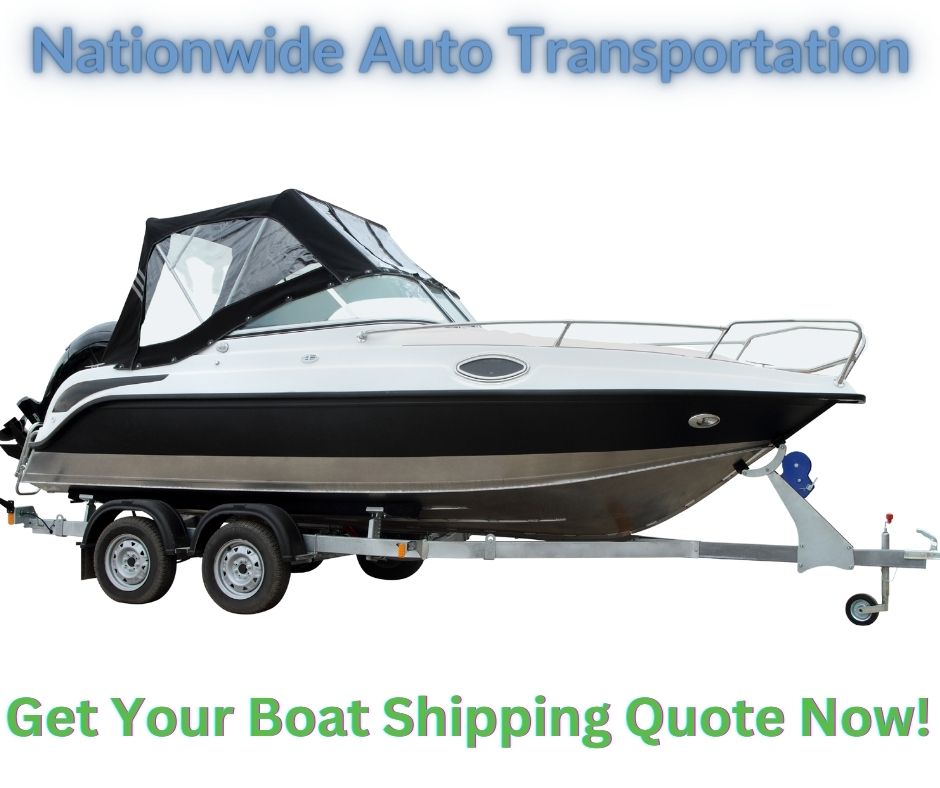
Reading Time: 13 minutes
Ahoy there! Are you curious about the future of boat shipping trends and innovations? Well, look no further than this article! Today we are diving deep into what is shaping the industry. Are you a boat owner, a shipping company, or simply someone intrigued by the world of transportation? If you said yes, this article is for you.
Boat shipping has come a long way over the years. With this, technological advancements have revolutionized how boats are transported across the globe. Nowadays, shipping a boat is not just about finding the quickest route or the largest vessel. It’s more about finding boat shipping trends and innovations that are more sustainable, efficient, and customer-oriented.
- In this article, we explore the advancements in boat shipping technology.
- We also look at the the adoption of sustainable practices.
- What’s more, we check out emerging trends, and how the industry is enhancing the customer experience.
- That’s not all folks! We discuss the regulatory and legal considerations that come into play.
- To conclude, we learn about the challenges and opportunities faced by boat shipping companies.
Hop on board as we set sail into the future of boat shipping! Here innovation and sustainability are the wind in our sails. Prepare to be amazed by the cutting-edge technologies, environmentally friendly practices, and customer-centric approaches that are making waves in the industry.
Anchors aweigh!
Advancements in Boat Shipping Technology
When it comes to boat shipping, advancements in technology have played a significant role in improving efficiency, safety, and overall customer experience. Let’s take a closer look at some of the key advancements in boat shipping technology that are shaping the industry.
Automated Tracking and Monitoring Systems
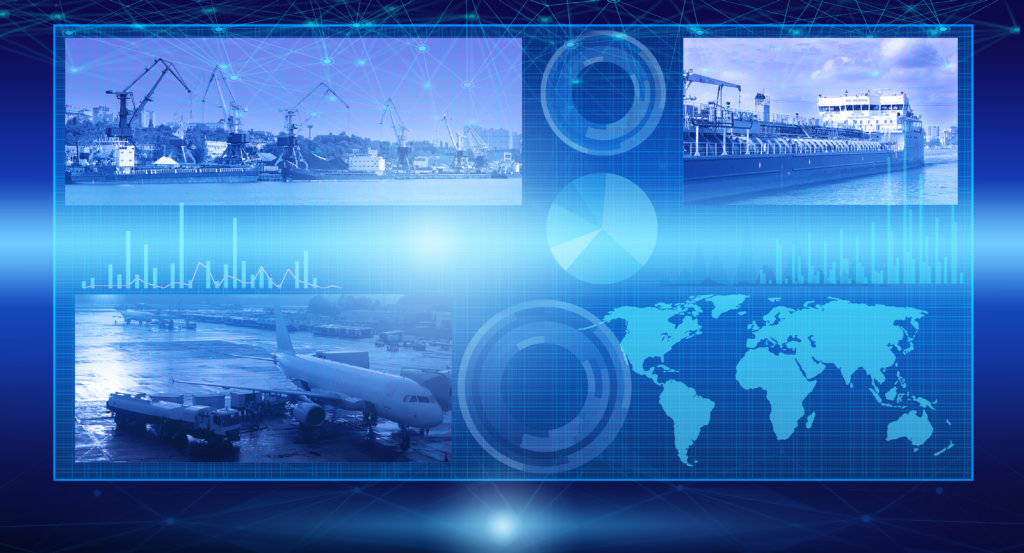
Gone are the days of guessing where your boat is during transit. Automated tracking and monitoring systems have revolutionized boat shipping by providing real-time updates on the location and condition of your vessel.
These systems use GPS and satellite technology to track the movement of the boat, ensuring that you have complete visibility throughout the entire shipping process.
Whether you’re a boat owner or a shipping company, this technology helps you stay in control and make informed decisions.
Improved Vessel Design and Construction
Advancements in vessel design and construction have allowed for the development of more efficient and reliable shipping vessels. These modern boats are designed with state-of-the-art materials and technologies that enhance performance, stability, and fuel efficiency.
From reinforced hulls to advanced propulsion systems, these improvements not only ensure a smoother shipping experience but also reduce environmental impact.

Efficient Loading and Unloading Processes
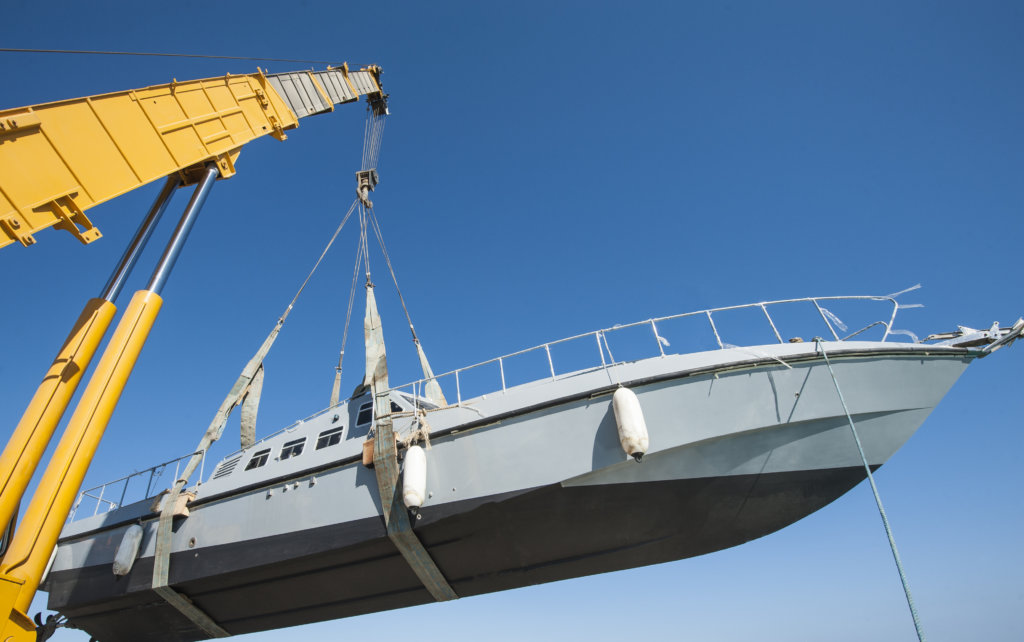
Loading and unloading a boat onto a shipping vessel used to be a time-consuming and labor-intensive task. However, advancements in technology have made this process more efficient and streamlined.
For example, boat shipping companies now utilize specialized loading and unloading equipment, such as cranes and hydraulic lifts, that can handle boats of different sizes and weights with ease.
This not only saves time but also minimizes the risk of damage to the vessel during the shipping process.
“With automated tracking and monitoring systems, boat owners can now have peace of mind knowing the exact whereabouts of their vessel at all times.”
Nationwide Auto Transportation
CAD and AI in Sustainable Boat Shipping
In addition to these advancements, other technologies like computer-aided design (CAD) software, virtual reality, and artificial intelligence are also being utilized in boat shipping to improve planning and logistics.
These advancements in boat shipping technology have not only made the process more efficient but have also led to a better customer experience. Boat owners can now have peace of mind knowing the exact whereabouts of their vessel at all times and benefit from the convenience and reliability of these technological innovations. As technology continues to advance, we can expect further improvements in the boat shipping industry, making it even more seamless and hassle-free.
Sustainable Practices in Boat Shipping
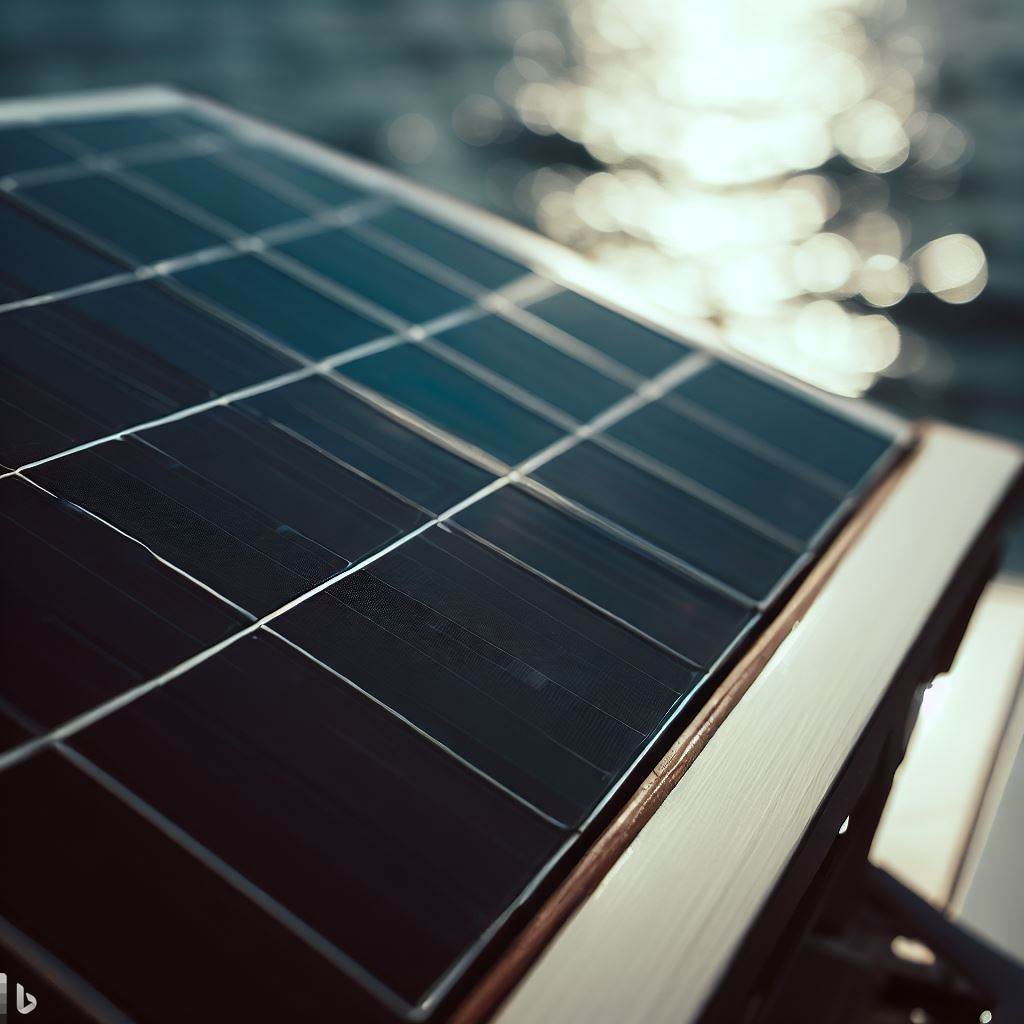
Boat shipping plays a crucial role in global trade and commerce, allowing boats of various sizes and types to be transported safely and efficiently across oceans and continents.
As the world becomes more environmentally conscious, there is an increasing demand for sustainable practices in the shipping industry.
Boat shipping is no exception, and there are several key trends and innovations that are shaping the future of sustainable boat shipping.
Adoption of Clean and Green Shipping Solutions
- Emission Reduction Technologies. Shipping companies are increasingly investing in technologies to reduce emissions from vessels. This includes installing scrubbers to remove pollutants from exhaust gases. These technologies help minimize the negative impact on the environment and ensure compliance with stricter emission standards.
- Renewable Energy Sources. The use of renewable energy sources, such as solar and wind power, for auxiliary systems on board boats is gaining momentum. These sources help reduce reliance on fossil fuels and decrease carbon emissions.
- Anti-fouling Solutions. Traditional anti-fouling paints contain harmful chemicals that can leach into the water and harm marine life. To address this, shipbuilders and boat shipping companies are exploring eco-friendly alternatives. Think of things like non-toxic and biodegradable coatings. They help to prevent the growth of marine organisms on boat hulls.
Alternative Fuels and Energy Sources
- Liquefied Natural Gas (LNG). LNG is gaining traction as a cleaner alternative to traditional marine fuels. It produces lower emissions of greenhouse gases and air pollutants. Obviously making it a more environmentally friendly option for boat shipping.
- Biofuels. Biofuels derived from renewable sources, such as algae or waste materials, are being explored as potential substitutes for fossil fuels. These fuels have the advantage of being low-carbon and sustainable.
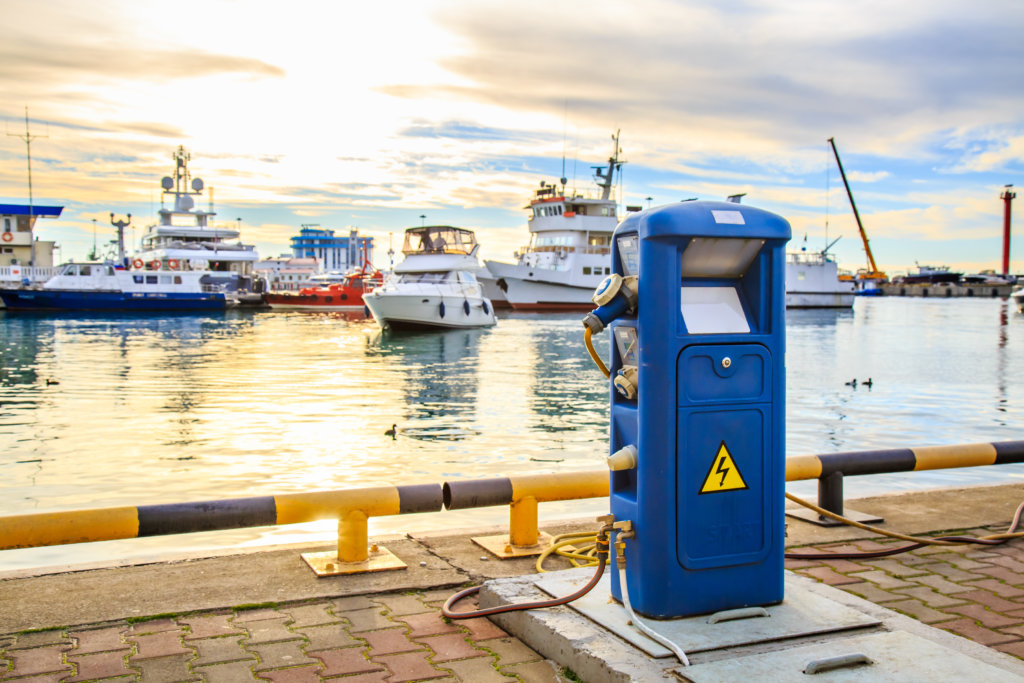
- Hybrid and Electric Propulsion. Advances in battery technology have led to the development of hybrid and electric propulsion systems for boats.
These systems reduce the reliance on fossil fuels. On top of that they offer quieter and more environmentally friendly transportation options.
Autonomous Trucks | Revolutionizing the Future of Auto Shipping is a must read for all future techies!
Reducing Environmental Impact
- Ballast Water Management. The discharge of ballast water from boats can introduce invasive species into new ecosystems, posing a significant threat to marine biodiversity. To mitigate this, stricter regulations have been implemented, and boat shipping companies are adopting ballast water treatment systems to ensure compliance.
- Waste management. Proper waste management practices, such as recycling and proper disposal of hazardous materials, are critical for minimizing the impact of boat shipping on the environment. Shipping companies are implementing waste reduction strategies and working towards zero-waste initiatives.
- Protecting Marine Life. Boat shipping companies are taking measures to minimize disturbances to marine life during transportation.
- This includes avoiding sensitive habitats and implementing strategies to reduce underwater noise pollution, which can have adverse effects on marine mammals and other marine species.

Sustainable Boat Shipping
By adopting sustainable practices in boat shipping, companies can contribute to the preservation of the environment and meet the evolving expectations of consumers and regulatory bodies. These practices not only reduce the environmental impact of boat shipping but also have the potential to improve operational efficiency and cost-effectiveness.
As technology continues to advance and regulations become more stringent, it is essential for the boat shipping industry to stay ahead of the curve and embrace sustainable solutions for a greener future.
“Sustainable practices in boat shipping are not only environmentally beneficial but also present a business opportunity for companies to stay competitive in the changing landscape of the shipping industry.”
Emerging Trends in Boat Shipping
As the boat shipping industry continues to evolve, there are several emerging trends that are shaping the future of this transportation sector. These trends are not only driven by technological advancements but also by changing customer preferences and regulatory requirements. Let’s take a closer look at some of these trends!
1. Larger and More Specialized Vessels
Boat manufacturers and shipping companies are increasingly investing in larger and more specialized vessels to meet the growing demand for boat transportation. These vessels are designed to accommodate a wide range of boat sizes, from small recreational boats to luxury yachts.
By having larger and more specialized vessels, the shipping industry can increase efficiency and reduce costs by transporting more boats in a single trip.
2. Intermodal Transportation Solutions
Intermodal transportation, which involves using multiple modes of transportation, is gaining popularity in the boat shipping industry. This trend allows for a seamless and efficient transport of boats from the manufacturer to the customer’s desired location. For example, boats can be transported by truck, rail, and even barges to reach their final destination. This multimodal approach not only reduces transit time but also provides greater flexibility in terms of delivery options.
3. Customizable Shipping Options
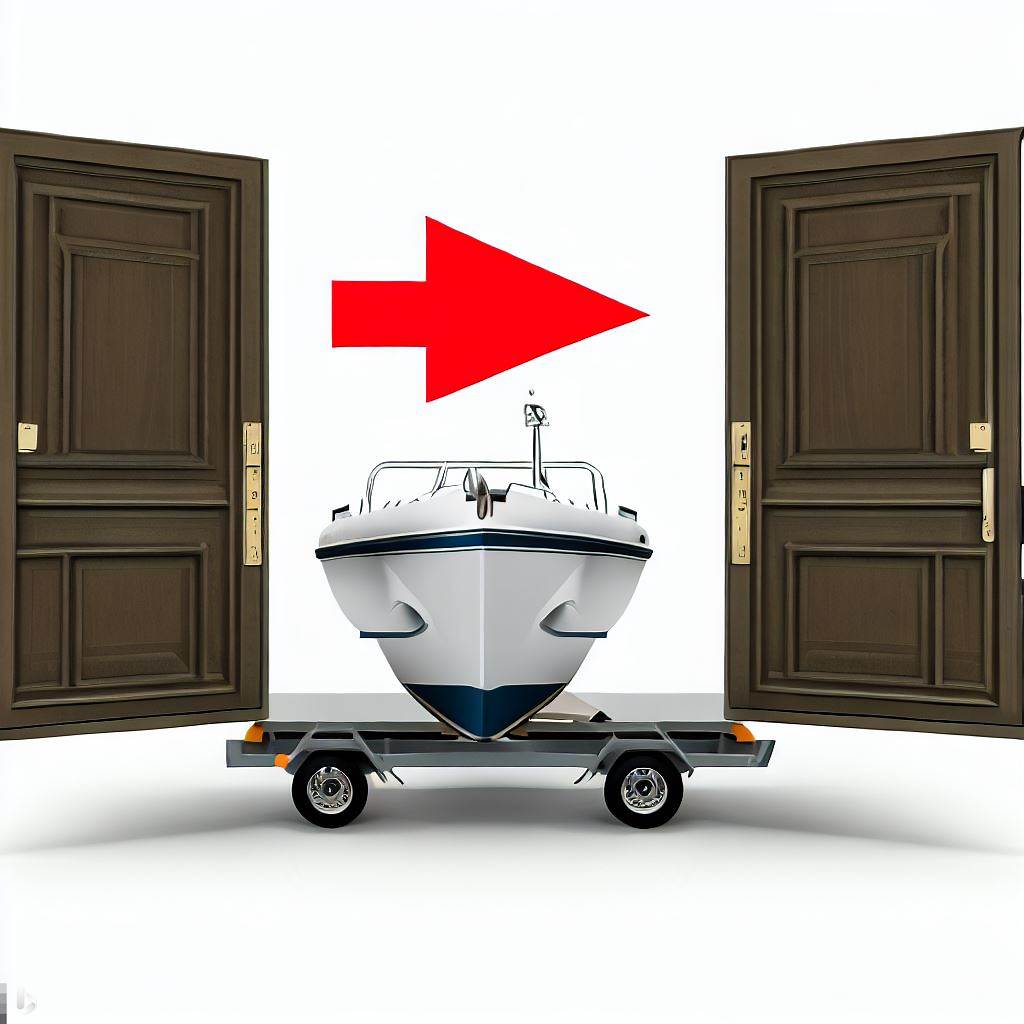
- Flexible delivery schedules. Customers can choose the exact date and time for their boat to be transported.
- Door-to-door services. The shipping company will pick up the boat from its current location and deliver it directly to the customer’s desired destination.
- Open or enclosed transportation. Customers can choose between open-air transportation, which is more cost-effective, or enclosed transportation, which provides greater protection for the boat during transit.
Customers today want flexibility when it comes to boat shipping trends and innovations. They want to be able to choose the most convenient and cost-effective shipping option based on their specific needs. To cater to these demands, shipping companies are offering more customizable shipping options. This includes flexible delivery schedules, door-to-door services, and even the option to choose between open or enclosed transportation. By providing these customizable options, shipping companies can better meet the unique requirements of each customer.
“The emerging boat shipping trends and innovations, such as larger and more specialized vessels, intermodal transportation solutions, and customizable shipping options, are revolutionizing the way boats are transported. These trends are driven by the need for efficiency, flexibility, and customer satisfaction in the industry.”
Nationwide Auto Transportation on boat shipping trends and innovations
Tips for Avoiding Delays in Vehicle Shipping | A Must Read!
Enhancing Customer Experience
When it comes to boat shipping, one of the key factors that can make or break the customer experience is the level of transparency and communication offered by the shipping company. Customers want to feel informed and in control of their shipment, and they expect the shipping process to be as smooth and hassle-free as possible. Here are some ways in which boat shipping companies are enhancing the customer experience.
Real-time Tracking and Transparency
Boat shipping companies are implementing advanced tracking systems that allow customers to monitor the movement of their vessel in real-time. This technology provides customers with peace of mind and a sense of control over their shipment. They can easily check the status of their boat, the estimated time of arrival, and any potential delays or issues.
Improved Communication and Customer Support
Effective communication is crucial in ensuring a positive customer experience. Boat shipping companies are investing in robust customer support systems to provide timely and accurate information. They have dedicated teams available to address customer inquiries, provide updates, and resolve any issues that may arise during the shipping process.
Streamlined Documentation and Paperwork

The paperwork involved in boat shipping can often be overwhelming and time-consuming for customers. To alleviate this burden, boat shipping companies are implementing digital platforms that streamline the documentation process. Customers can now submit and sign paperwork online, reducing the need for physical paperwork and simplifying the overall experience.
Overall, enhancing the customer experience in boat shipping involves a combination of technology and personalized support. By providing real-time tracking, improving communication channels, and streamlining paperwork, boat shipping companies are making the process more transparent, convenient, and ultimately, more satisfying for their customers.
Regulatory and Legal Considerations
When it comes to boat shipping, there are several important regulatory and legal considerations that need to be taken into account. These considerations ensure that the shipping process is conducted safely, efficiently, and in compliance with international standards. In this section, we will explore some of the key regulatory and legal aspects of boat shipping.
Compliance with International Shipping Standards
When shipping boats internationally, it is crucial to comply with the standards set by international shipping organizations such as the International Maritime Organization (IMO) and the International Chamber of Shipping (ICS). These organizations establish guidelines for the safe transportation of goods, including boats, across the globe. Compliance with these standards helps ensure the protection of the vessel during transit. Further, it also reduces the risk of accidents or damage.
One important aspect of compliance is obtaining the necessary documentation and certifications for the boat.
This includes the provision of accurate and up-to-date paperwork such as the bill of lading, certificate of origin, and proof of ownership.
These documents serve as evidence of ownership and help determine the boat’s value for insurance purposes.

Convenient Vehicle Transportation Services | Extended Trips 101 will tell you what to know about shipping.
Changes in Customs and Import Regulations
Another crucial consideration in boat shipping is navigating customs and import regulations. Each country has its own set of import requirements and regulations for boats, including specific paperwork, duties, and taxes. It is essential to stay up-to-date with these regulations to avoid delays, fines, or even seizure of the vessel.
Working with experienced customs brokers and freight forwarders can be highly beneficial in understanding and complying with these regulations. They can guide you through the import process and assist with the necessary paperwork, ensuring a smooth and hassle-free shipping experience.
Liability and Insurance Coverage
Boat shipping trends and innovations – Boat shipping involves a certain level of risk. Therefore it is important to have the appropriate liability and insurance coverage in place. This includes marine cargo insurance, which provides coverage for the vessel during transit, including any potential damage or loss. It is also crucial to understand the terms and conditions of the insurance policy, including exclusions and limitations, to ensure adequate coverage.
Additionally, it is essential to consider liability for any damage that the vessel may cause during shipping. This includes potential damage to other vessels, ports, or infrastructure. Understanding and adhering to liability regulations and requirements can mitigate risks and ensure that you are prepared for any unforeseen circumstances.
By taking these regulatory and legal considerations into account, you can ensure a smoother and more efficient boat shipping process. Compliance with international standards, understanding import regulations, and having the appropriate insurance coverage will help protect your vessel and give you peace of mind throughout the shipping journey.
“Understanding and complying with the regulatory and legal considerations in boat shipping is crucial to ensure a safe and efficient shipping process.”
Challenges and Opportunities in Boat Shipping
Boat shipping is a complex and ever-evolving industry that presents both challenges and opportunities for businesses operating within it. As with any industry, there are factors that can pose difficulties, but there are also avenues for growth and development. Let’s take a closer look at some of the challenges and opportunities in boat shipping.
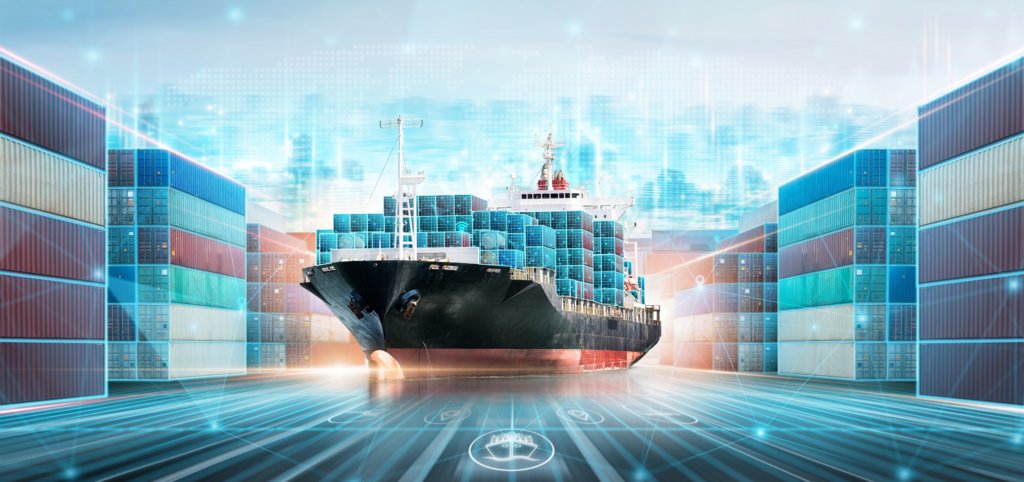
Infrastructure and
Port Development
- Challenge. One of the major challenges in boat shipping is the availability and adequacy of infrastructure and port facilities. Not all ports are equipped to handle the transportation of large vessels, which can lead to delays and increased costs. Moreover, some regions may have limited infrastructure development, making it difficult to access certain locations for shipping and delivery.
- Opportunity. Investing in port development and infrastructure can open up new opportunities for boat shipping businesses. By expanding and upgrading ports, it becomes easier to handle larger vessels, accommodate increased volumes of shipments, and improve efficiency in the overall logistics process. This not only benefits the boat shipping industry but also promotes economic growth in the regions where these developments take place.
Global Economic and Political Factors
- Challenge. The boat shipping industry is not immune to global economic and political factors. Fluctuations in currency exchange rates, changes in trade policies and regulations, and geopolitical tensions can all impact the industry. Uncertainty in these areas can make it challenging for boat shipping businesses to plan and make strategic decisions, as they may face sudden shifts in demand and market conditions.
- Opportunity. Ok, so you’ve seen the challenges posed by global economic and political factors. Still, there are also opportunities for boat shipping businesses to adapt and succeed.
- Stay informed about market trends, and diversify customer bases across multiple geographic regions. This will help companies mitigate risks associated with economic uncertainties. Additionally, being agile and responsive to changing market conditions allows businesses to take advantage of emerging opportunities in new markets.
Market Competition and Price Sensitivity | Sustainable Boat Shipping
- Challenge. The boat shipping industry is highly competitive, with many players vying for market share. This can lead to price sensitivity among customers, who are often looking for the most cost-effective shipping solutions. Unpredictable changes in fuel costs and other operating expenses can also impact pricing strategies and profit margins for boat shipping businesses.
- Opportunity. Despite the challenges of market competition and price sensitivity, there are opportunities for boat shipping businesses to differentiate themselves and attract customers. Providing exceptional customer service, offering value-added services such as storage or maintenance, and leveraging technology to streamline operations can help businesses stand out from the competition. Also, developing strong relationships with industry partners and suppliers can lead to cost savings and improved efficiency! This allows businesses to offer competitive pricing.
Wrapping up! Boat shipping trends and innovations in the shipping industry presents both challenges and opportunities for businesses. By staying informed, being responsive, and embracing innovation, boat shipping businesses can navigate this dynamic industry successfully.
Why not read this now? Navigating the Process | How to Ship a Boat Internationally
Drop the Anchor on Sustainable Boat Shipping Trends and Innovations
In conclusion, the future of boat shipping trends and innovations is rapidly evolving! Just look at the advancements in technology, sustainable practices, and emerging trends. These developments aim to enhance the customer experience while considering regulatory and legal considerations. Although there are challenges and opportunities in the industry, it is an exciting time for boat shipping.
With:
- automated tracking and monitoring systems,
- improved vessel design and construction,
- and efficient loading and unloading processes,
- the process of shipping boats is becoming more streamlined and hassle-free.
- Customers can now have
- real-time tracking and transparency,
- improved communication and customer support,
- and streamlined documentation and paperwork.
- This ensures a smooth and enjoyable shipping experience.
Boat shipping is also embracing sustainable practices with the adoption of clean and green shipping solutions. Alternative fuels and energy sources are being explored, and efforts are being made to reduce the environmental impact of the shipping process. This not only benefits the environment but also reduces costs in the long run.
Emerging Trends in Boat Shipping

Emerging trends in boat shipping include larger and more specialized vessels, intermodal transportation solutions, and customizable shipping options.
These trends cater to the diverse needs and preferences of customers. As noted, this allows for a more tailored and efficient shipping experience.
Boat Shipping with Nationwide Auto Transportation
In conclusion, the future of boat shipping is bright and promising. With advancements in technology, sustainable practices, and emerging trends, customers can expect a seamless and reliable shipping experience. Nationwide Auto Transportation understands the importance of customer satisfaction and offers reliable door-to-door service for boats, as well as cars, motorcycles, RVs, and more. To learn more about their services, visit Nationwide Auto Transportation.
Frequently Asked Questions | Boat Shipping Trends and Innovations to Watch
What are some emerging trends in boat shipping?
Some boat Shipping Trends and Innovations include the use of eco-friendly shipping methods. Increased integration of technology for tracking and monitoring, and the rise of specialized boat transport companies counts too.
Are there any innovations in boat shipping technology?
Yes, there are several innovations in boat shipping technology. Examples include the use of advanced GPS tracking systems, improved lifting and securing mechanisms, and the development of specialized containers and cradles for safe transportation.
How has the COVID-19 pandemic affected boat shipping?
The COVID-19 pandemic has had both positive and negative impacts on boat shipping. While some disruptions occurred due to travel restrictions, the increased demand for leisure activities and boating led to a surge in boat shipping.
What are the benefits of using professional boat transport companies?
Professional boat transport companies have the expertise, specialized equipment, and experience necessary to ensure safe and secure transportation of boats. They also offer insurance coverage and handle all the logistics, saving boat owners time and effort.
How can boat owners prepare their boats for shipping?
Boat owners can ready their craft for transport by:
- cleaning and detailing it,
- taking out personal items,
- tying down loose objects,
- draining fuel tanks,
- verifying documentation,
- and consulting the shipping company for any specific instructions. Read our awesome Boat shipping guide!
